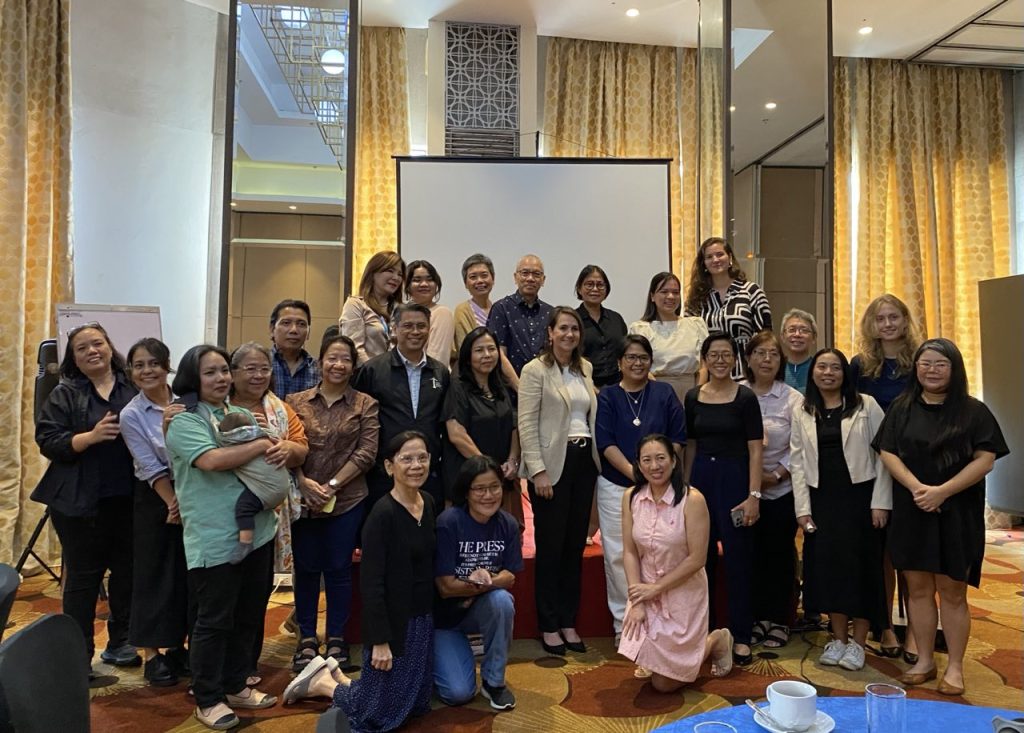The Choices Women Journalists Make
The Choices Women Journalists Make
By Ann Lourdes Lopez
A woman journalist doesn’t have to choose “between her safety and her voice.”
These words of Ambassador Marielle Geraedts of the Embassy of the Kingdom of the Netherlands capped a one-day event that I recently attended in Quezon City.
It was a gathering of journalists and academics, both female and male (but mostly female), organized by the Asian Center for Journalism and the Ateneo de Manila University College of Communication for the presentation and discussion of the findings of their study on women journalists.
Titled “Newswomen’s Profile: Exploratory Research on the Situation of Filipino Women Journalists,” the study was conducted by Ateneo Communication faculty Luz Rimban and Dr. Christine Cox.
The study and its findings provide much-needed data, quantitative and qualitative, for the various initiatives and policy formulations being undertaken by media organizations, civil society groups, and government agencies. The findings give hard evidence that hard-nosed skeptics cannot deny: that women journalists are harassed, intimidated, and discriminated against because of their gender.
For us at AIJC and our partners implementing the Philippine Plan of Action on the Safety of Journalists (PPASJ), the study strengthens our efforts in helping build a safe and secure environment for press freedom and news media practitioners, and in particular, women journalists.
As early as 2019, we organized and conducted two Safety Training for Women Journalists, in June with the support of the European Union and International Media Support, and in September with the support of UNESCO Jakarta. This was on top of other basic safety training for journalists and media safety training of trainers that we had been doing in 2019–2024.
A participant in the AIJC media safety training of trainers in April 2024 and student intern in the community newspaper Baguio Herald Express, Joy Anne Palaoag reflected, “Until now, women are more vulnerable on sexual violence… (But) I believe we should not stop fighting for our right(s).”
Also a participant in the April 2024 training, Maria Elena Catajan, editor in chief of North Luzon Monitor, expressed her hope in the midst of the challenges, “There will come a time when women will not be an instant target for attacks while on the job.”
We can hasten bringing that time now, when being a woman and journalist won’t have to be a choice between one’s safety and one’s voice.
AIJC officers join the organizers, other participants, and Ambassador Marielle Geraedts of the Embassy of the Kingdom of the Netherlands during the presentation of a research study on Filipino women journalists by the Asian Center for Journalism and the Ateneo de Manila University College of Communication.

These are the women journalists who participated in the Safety Training for Journalists organized by AIJC on September 5–7, 2019 in Baras, Rizal, in collaboration with the International Association of Women in Radio and Television (IAWRT) Philippine chapter, and with the support of UNESCO Jakarta.
